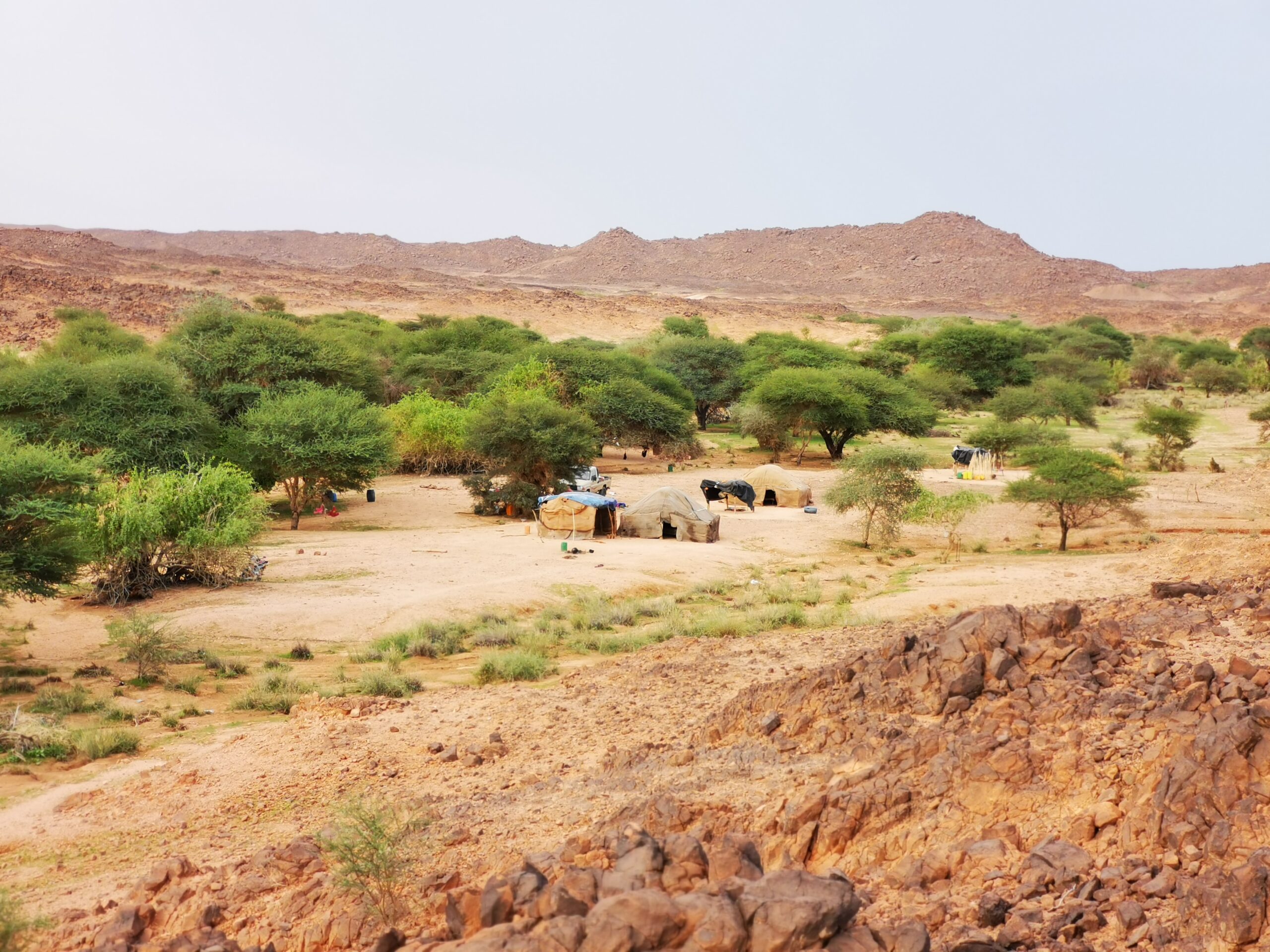I am excited to share this report by Global Initiative Against Transnational Organized Crime in which I participated by my fieldwork in Niger’s Tchibarakaten gold mining sites. This report brings to light the disturbing trends of exploitation and labor trafficking in Mali and Niger. It explores various aspects such as recruitment techniques, the dangers inherent in mining jobs, and the systemic issues that increase the vulnerability of the miners. The importance of this report lies not only in highlighting these issues but also in proposing actionable measures for their mitigation.
The increase in small-scale gold mining is a phenomenon that poses both challenges and opportunities for stability and growth at local and regional levels. In the remote goldfields of the Sahara, where state influence is minimal, the approach to the risks associated with artisanal and small-scale gold mining (ASGM) has predominantly been through security measures. However, the plight of the miners has often been neglected, resulting in the predominance of informal governance, sometimes under the control of powerful figures or those involved in conflicts.
This report uncovered instances of forced labor and labor trafficking, particularly impacting miners from southern Niger in areas like Djado and Tchibarakaten. Although these practices are not widespread across all mining sites, the report underlines the key factors that increase the miners’ risk of exploitation and abuse. Factors such as the remote locations of these mining sites, leading to high travel costs and subsequent debt-bonded labor agreements, exacerbate miners’ vulnerability. The geographical isolation also makes miners highly dependent on their employers.
Moreover, this report highlights the reliance on recruiters or intermediaries, often linked to exploitative practices, and the involvement of security personnel in imposing unfair working conditions as prevalent issues across the studied sites. These factors, combined with an environment of insecurity and weak law enforcement, intensify the risks faced by gold miners. While not directly associated with labor trafficking, the dynamics of organized crime, including drug and arms trafficking, also contribute to the overall instability and violence, putting the safety of workers at risk.
This report suggests that, while local governance structures are increasingly managing and regulating ASGM in areas like Tchibarakaten, efforts to combat labor trafficking risks and improve working conditions are currently inadequate. Furthermore, the Nigerien government’s attempts to formalize the sector have primarily served local elites, leaving miners in a more vulnerable position. In areas like N’Tahaka (Mali), while formalization prospects seem limited, improving security could lessen the risk of miners’ exploitation. Additional research is needed to evaluate the situation in Mali’s Kidal region, where artisanal mining is crucial to the local and regional political and security dynamics.
This report presents a critical opportunity for Sahel states to seize, amid growing advocacy for the formalization of gold mining and its potential economic benefits in an unstable region. Proper management of the gold-mining boom could transform it from a source of conflict and criminality into an avenue for secure, sustainable livelihoods, increased tax revenues, and a stronger state presence in marginalized areas. Achieving this requires a balanced approach between industrial and artisanal mining, with a focus on addressing labor trafficking and exploitation as part of the formalization efforts.


